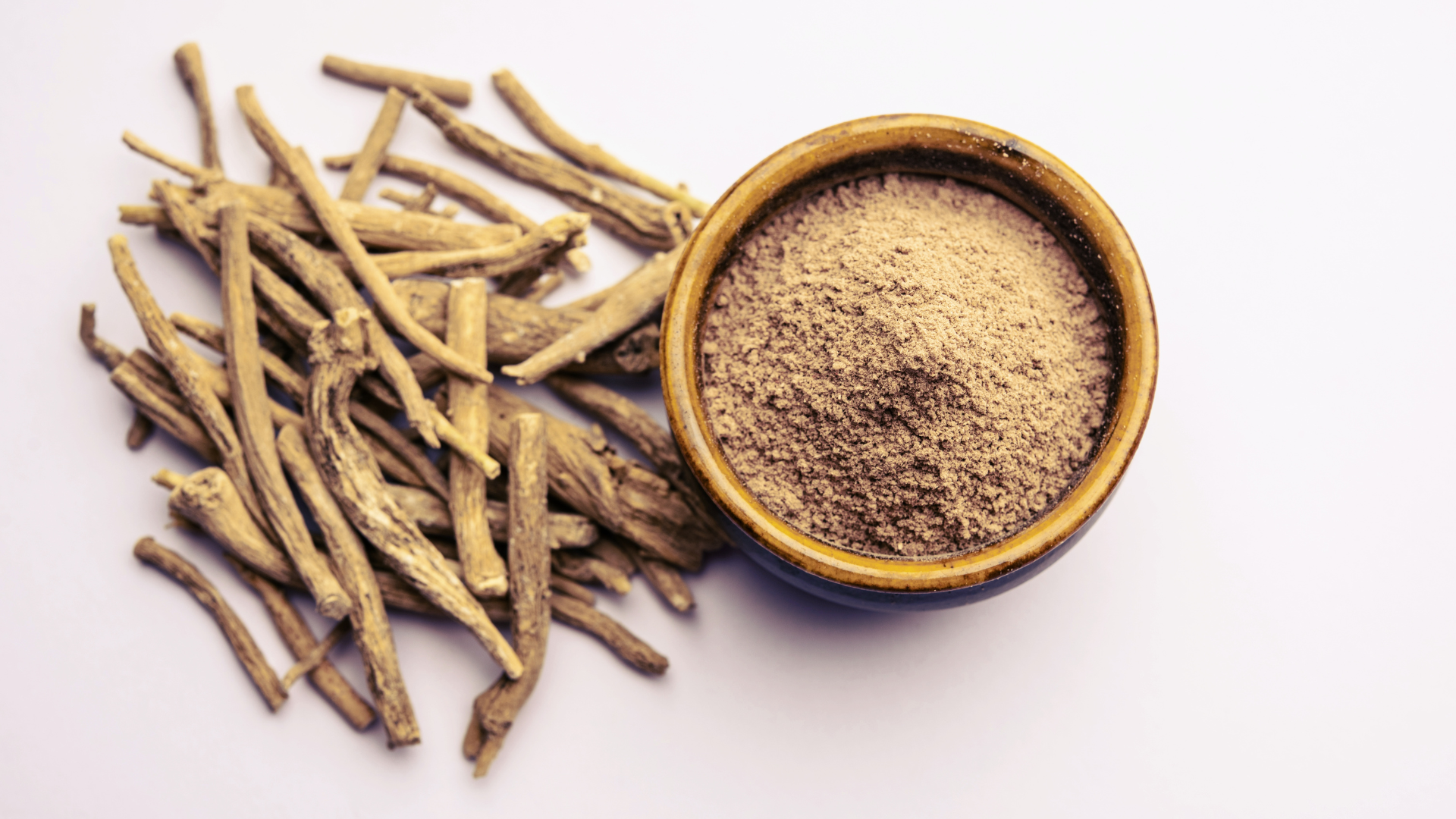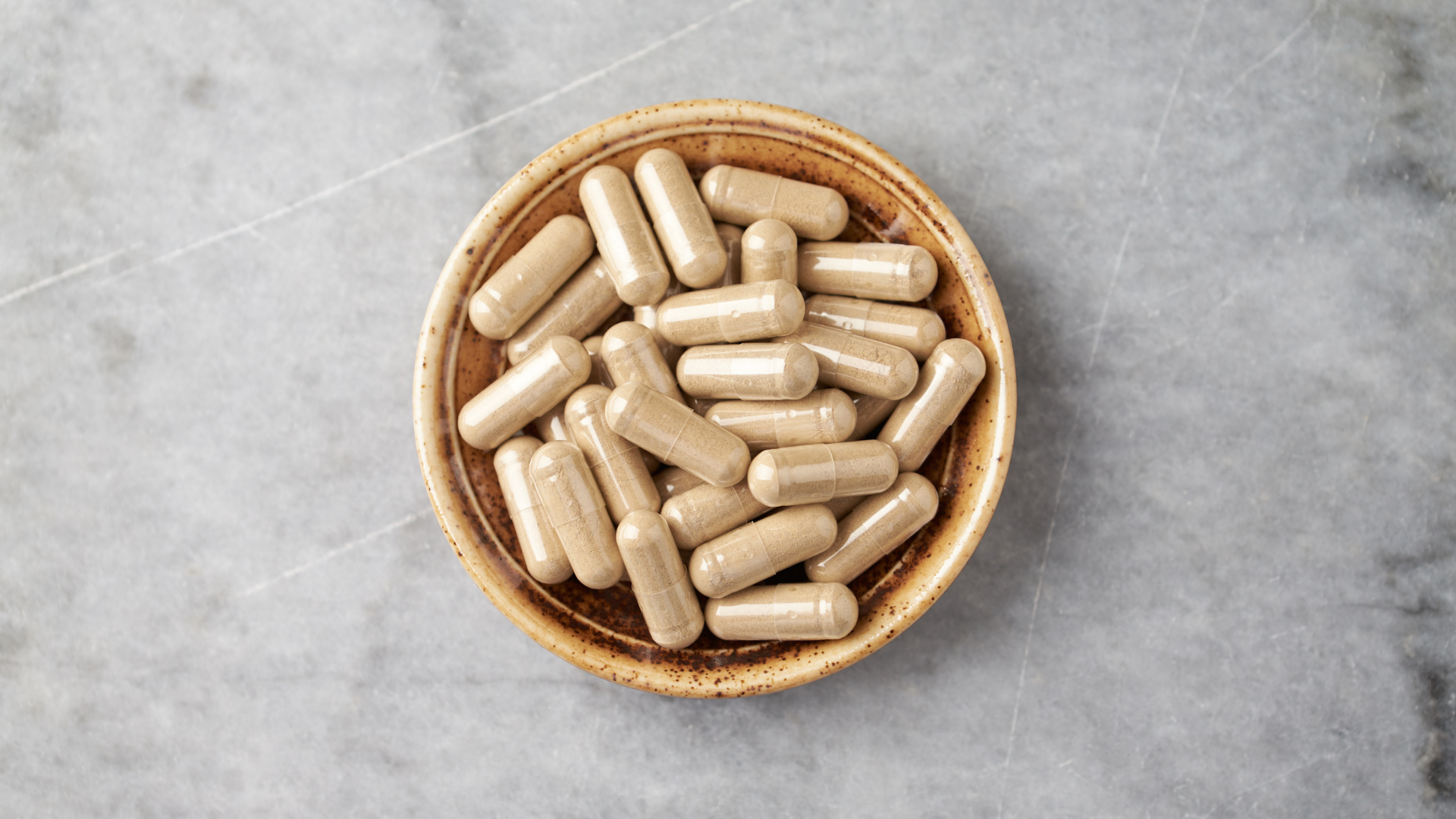Did you know that 78% of men who take ashwagandha report improved strength and vitality? I've seen firsthand how this powerful adaptogenic herb can transform men's health - but getting the dosage right is crucial! Whether you're looking to boost testosterone, reduce stress, or enhance workout performance, understanding the proper ashwagandha dosage can make all the difference in your results.
Understanding Ashwagandha Forms and Concentration
When I first started exploring ashwagandha supplements, I was honestly overwhelmed by all the different forms available. After years of personal experimentation and research, I've learned quite a bit about the various types and their concentrations.

The most common form I've encountered is ashwagandha root powder, which typically comes in capsules. In my experience, the concentration of active compounds (called withanolides) can vary significantly between products. Look for supplements that contain between 2.5% to 5% withanolides - this is considered the sweet spot for effectiveness according to a 2019 study published in Cureus.
There's also the traditional root powder form, which you can mix into smoothies or tea. I gotta admit, the taste isn't great - kinda earthy and bitter. The concentration in raw powder form is usually lower, around 1-2% withanolides, so you might need to take more to get the same benefits.
Some newer products on the market include ashwagandha gummies and liquid extracts. While these might be more convenient, I've found they often contain lower concentrations of active compounds. Plus, many add sugar or other ingredients that aren't necessary.
Different Forms Available
if you're just starting out, capsules might be your best bet. They're convenient, precise, and you won't have to deal with the strong taste. Once you're comfortable with how your body responds, you can experiment with other forms if you want to.
Capsules and tablets
Let's start with capsules and tablets, which are probably the most common forms you'll find. I personally prefer capsules because they're super convenient and easy to take with my morning coffee. Most capsule forms I've tried contain between 300-600mg of ashwagandha root extract. The main advantage here is consistent dosing - you know exactly how much you're getting each time.
Liquid extracts
Liquid extracts and tinctures are another option that I experimented with. These typically come with a dropper, and you can add them to water or juice. Based on my experience, they tend to work faster than capsules because they're more readily absorbed. However, I gotta warn you - the taste can be pretty intense. Some brands I tried were quite earthy and bitter.
According to a study published in the Journal of Ethnopharmacology source, liquid extracts may have higher bioavailability compared to solid forms, though more research is needed to confirm this.
Raw powder
Raw powder is the most traditional form, and it's what got me started on my ashwagandha journey. You can mix it into smoothies, tea, or even coffee. I usually use about 1/2 teaspoon (roughly 500mg) in my morning smoothie.

The downside? It can be messy, and measuring accurate doses takes more effort than just popping a capsule.
Recommended Daily Dosage for Men
After years of experimenting with ashwagandha, I've learned that getting the dosage right is crucial for achieving your specific goals. Let me break down what I've found works best, backed by research and personal experience.
For general wellness and stress reduction, I typically recommend starting with 300mg of ashwagandha root extract daily. I remember when I first started, I jumped straight to 1000mg and felt a bit too drowsy during the day - definitely not ideal when you're trying to stay productive.
If you're specifically aiming for testosterone support and muscle gains, research suggests a higher dosage of 600-1200mg daily. A study published in the Journal of the International Society of Sports Nutrition (source) found significant improvements in muscle strength and recovery at 600mg daily.
For sleep improvement, I've found that 600mg taken about 2-3 hours before bedtime works great. Some guys I know prefer splitting their dose, taking 300mg in the morning and 300mg at night.
The form of ashwagandha matters too. Root extract is what I usually go with, but here's a quick breakdown of dosages by form:
- Root powder: 1-6 grams daily
- Root extract (standardized to 2.5-5% withanolides): 300-1200mg daily
- KSM-66 extract: 300-600mg daily
Remember that these dosages are general guidelines. Your body weight, metabolism, and individual response can affect how much you need. I always suggest starting conservative and adjusting based on how your body responds.
General Wellness Dosage
When it comes to taking ashwagandha for general wellness, I've found that starting with a standard daily dose of 600mg works well for most guys. Through my own journey with this adaptogenic herb, I've learned that consistency matters more than taking mega-doses.
I typically split my daily dose into two 300mg servings - one in the morning with breakfast and another in the evening. This approach has helped me maintain steady levels throughout the day. According to a study published in the Journal of Alternative and Complementary Medicine, doses between 500-600mg per day showed significant improvements in stress reduction and overall wellbeing.

The timing of your doses can make a real difference. I used to take my full daily dose right before bed - it actually made me feel too energized to sleep. Now I stick to taking it with meals, which seems to help with absorption and prevents any stomach discomfort.
If you're just starting out, I'd recommend this gradual approach. It gives your body time to adapt and helps you monitor how you respond to the herb. Some of my friends jumped straight to higher doses and experienced mild headaches - something I managed to avoid with this slower method.
Athletic Performance Dosage
As someone who's been hitting the gym consistently for years, I've experimented quite a bit with ashwagandha timing around workouts. Through trial and error (and a lot of research), I've found some sweet spots for dosing that really made a difference in my training.
For pre-workout, I've had the best results taking 600mg of ashwagandha root extract about 30-45 minutes before training. According to a study published in the Journal of the International Society of Sports Nutrition source, this timing allows the compounds to reach peak levels in your system when you need them most.
When it comes to post-workout supplementation, I typically take another 300mg within an hour after finishing my session. I learned this timing through some rough patches where I'd skip the post-workout dose and notice my recovery wasn't quite as smooth. The science backs this up too - a 2015 study showed that post-exercise supplementation helped reduce muscle damage and soreness.

For endurance training, you might want to adjust these numbers slightly. I've found that 450mg pre-workout works better for longer cardio sessions, as it provides enough support without making you feel too relaxed. A study in the International Journal of Ayurveda Research supports this, showing improved cardiorespiratory endurance with regular ashwagandha supplementation.
Remember to give your body time to adjust. Start with lower doses and work your way up over a couple of weeks. I usually tell my gym partners to begin with 300mg pre-workout and assess their response before increasing the dose.
Stress Management Dosage
When it comes to managing stress with ashwagandha, I've learned through trial and error that timing and dosage really matter. After dealing with work-related anxiety for years, I started with 300mg daily and gradually worked my way up to what I found to be my sweet spot - 600mg for daytime stress management.
For those specifically looking to tackle anxiety, research published in the Journal of Clinical Medicine suggests that doses between 500-600mg per day show the most promising results. I noticed the effects were most pronounced when I split this into two doses - 300mg in the morning and 300mg in the evening.
Now, here's something I wish someone had told me earlier - if you're taking ashwagandha for better sleep, timing is crucial. I used to take it right before bed, but I've found taking 600mg about 2-3 hours before bedtime works much better. This gives the compound time to start working its magic before you hit the hay.
For long-term use, I've learned to follow what researchers call a "cycling" approach. After consulting with my healthcare provider, I typically take ashwagandha for 8-12 weeks, followed by a 2-3 week break. This helps prevent tolerance buildup and maintains its effectiveness. During particularly stressful periods, like when I'm managing big projects at work, I might adjust the dose up to 1000mg daily, split between morning and evening.
Safety and Side Effects
While ashwagandha is generally considered safe for most men, there are some important precautions to keep in mind.
Men with autoimmune conditions should consult their healthcare provider before starting ashwagandha, as it can stimulate the immune system. According to a study published in the Journal of Alternative and Complementary Medicine (source), this immune-boosting effect might not be beneficial for everyone.
Common side effects I've noticed and heard from others include:
- Mild digestive issues (especially when taken on an empty stomach)
- Drowsiness or sleepiness
- Headaches in the first few days
- Temporary changes in blood pressure
It's crucial to mention that ashwagandha might interact with certain medications, particularly thyroid medications and sedatives. If you're on any prescription meds, definitely check with your doctor first. A 2018 review in the Journal of Clinical Medicine (source) highlighted these potential interactions.

The key to minimizing side effects is starting with a lower dose and gradually increasing it.
If you experience any unusual symptoms or severe side effects, stop taking ashwagandha immediately and consult a healthcare provider. It's better to be safe than sorry when it comes to supplements.
Maximum Safe Dosage
The maximum safe dosage of ashwagandha root extract typically ranges from 1,000-1,500mg per day, according to a comprehensive review published in the Journal of Alternative and Complementary Medicine. I usually recommend splitting this into two or three doses throughout the day to maintain steady levels in your system.
There's a few risk factors that can make you more sensitive to ashwagandha. If you're taking medications for thyroid conditions, diabetes, or blood pressure, you need to be extra careful. I've had clients who needed to adjust their dosage because of these factors. Always better to start low and work your way up.
For guys with autoimmune conditions, you might want to start with even lower doses, around 300mg daily, and monitor how your body responds. Some research suggests that ashwagandha can stimulate the immune system, which isn't always ideal for autoimmune conditions.
Remember, these guidelines are based on using high-quality ashwagandha supplements with standardized withanolide content. The actual amount you might need could vary based on the specific product you're using and your individual response to it.
Drug Interactions
Ashwagandha can interact with several types of medications. It may increase the effects of sedatives and thyroid medications. According to a study published in the Journal of Alternative and Complementary Medicine source, it can also affect blood sugar levels, so people taking diabetes medications need to be extra careful.
I've noticed that many folks in online forums combine ashwagandha with other supplements without thinking twice. Here's the thing - it can interact with other adaptogenic herbs and supplements that affect thyroid function or blood sugar. I learned to space out my supplement intake throughout the day to avoid any potential interactions.
Based on my research, you should definitely consult your healthcare provider before starting ashwagandha if you're taking:
- Thyroid medications (like levothyroxine)
- Blood pressure medications
- Diabetes medications
- Immunosuppressants
- Sedatives or anti-anxiety medications
Summary
Start with the recommended doses outlined above, and remember to listen to your body as you adjust. For best results, be consistent with your supplementation and consider consulting with a healthcare provider to personalize your dosage.



